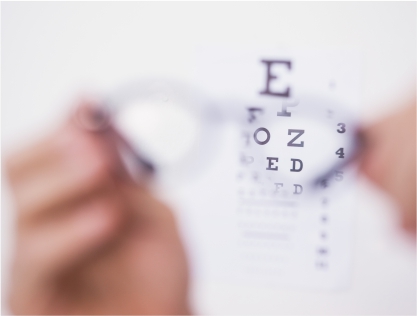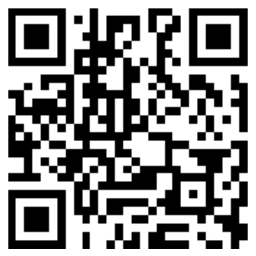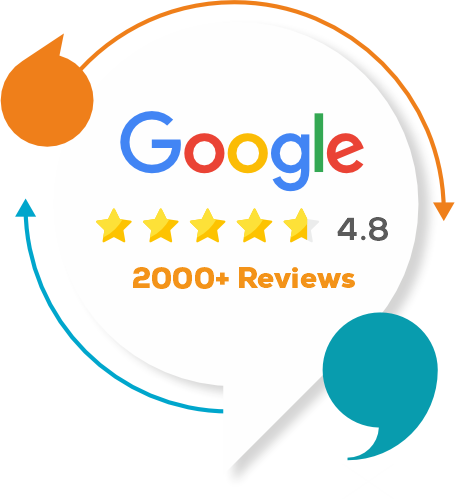Low Vision
What Is Low Vision?
Who Is Most At Risk Of Having Low Vision?

Take Questionnaire For Low Vision.
Symptoms
Service Provided
What's New
Register via QR Code to stay up to date with the information from medical & alternative medicine from Tej Eye Center and allied organizations for complete healing or download brochure for know more about Low Vision.
Download Brochure

Loss Of Central Vision
Loss Of Peripheral (Side) Vision
Night Blindness
Blurred Vision
Hazy Vision


Optical Aid
Non - Optical Aid
Frequently Asked Questions
Testimonial

 Low vision is the loss of sight that is
not correctible with prescription
eyeglasses, contact lenses or surgery.
This type of vision loss does not
include complete blindness, because
there is still some sight and it can
sometimes be improved with the use of
visual aids.
Low vision is the loss of sight that is
not correctible with prescription
eyeglasses, contact lenses or surgery.
This type of vision loss does not
include complete blindness, because
there is still some sight and it can
sometimes be improved with the use of
visual aids.